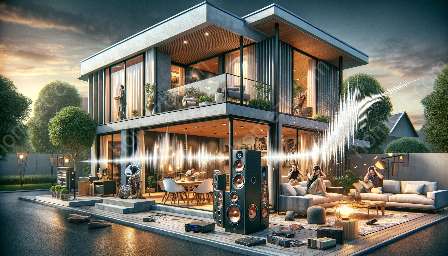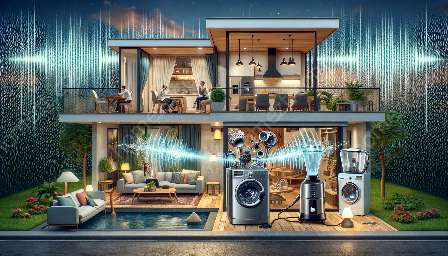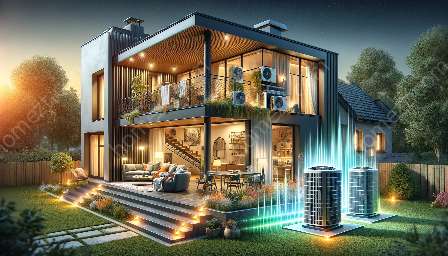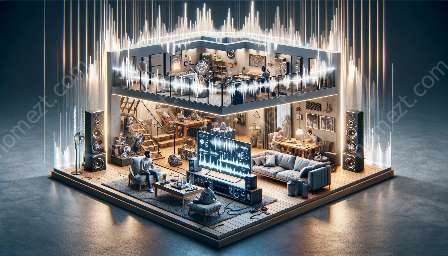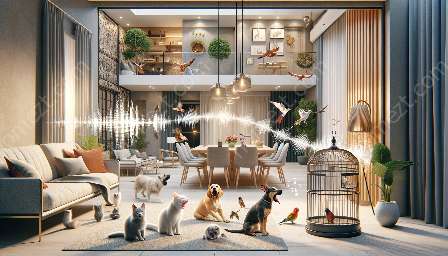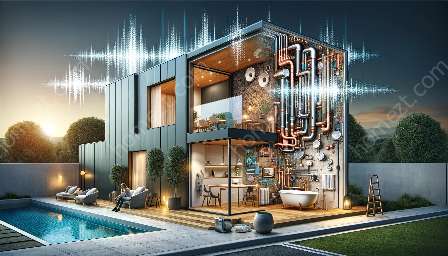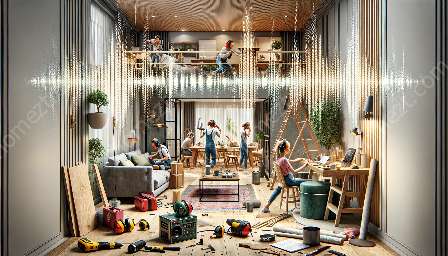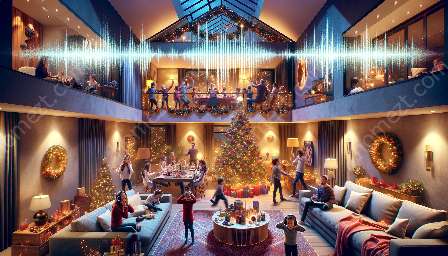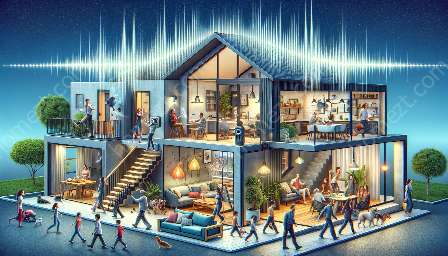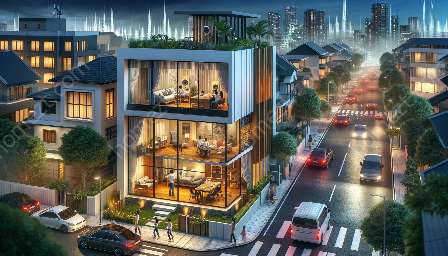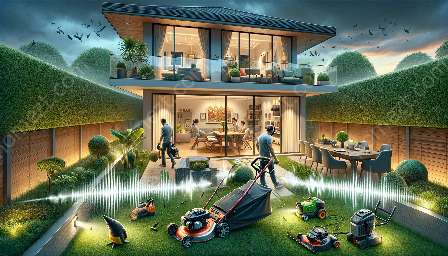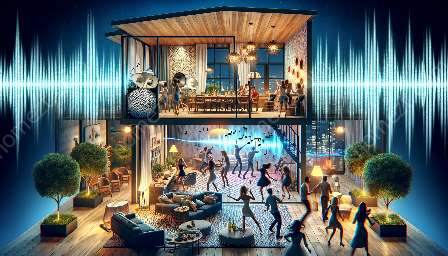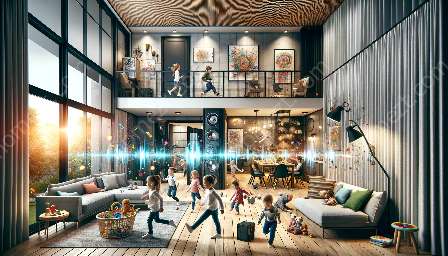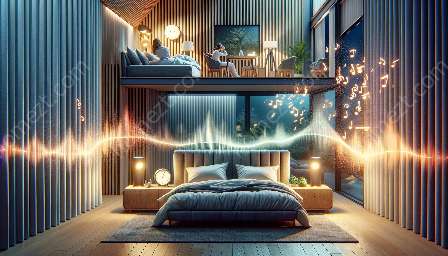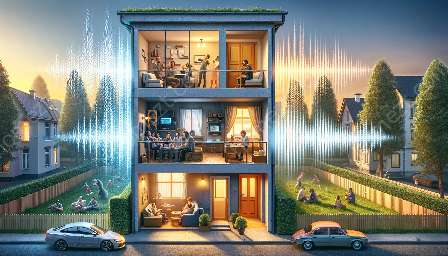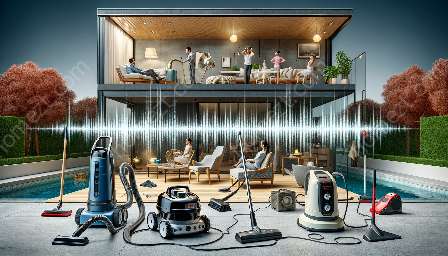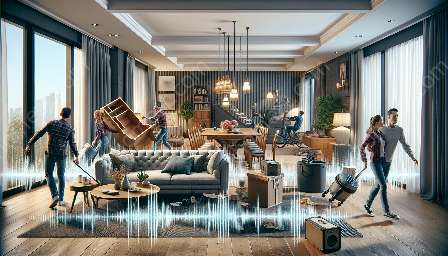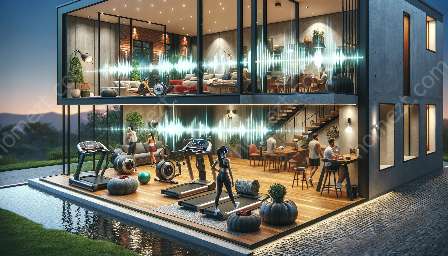When it comes to noise pollution, there are distinct differences between apartment buildings and single-family homes. In this comprehensive guide, we will explore the causes of noise pollution in homes, including the unique challenges faced in apartment buildings and single-family homes. Additionally, we will delve into effective noise control measures that can be implemented in both types of dwellings.
Noise Pollution in Apartment Buildings
Apartment buildings are particularly susceptible to noise pollution due to the close proximity of units and shared walls. The main sources of noise in apartment buildings include neighbors, household appliances, and external factors such as traffic and construction. The design of apartment buildings often leads to sound transmission between units, resulting in increased exposure to unwanted noise.
Noise Pollution in Single-Family Homes
While single-family homes may offer more privacy, they are not immune to noise pollution. Factors such as proximity to busy roads, airports, or industrial areas can contribute to higher noise levels. Additionally, household activities and outdoor equipment can generate noise that affects both the residents and neighboring properties.
Causes of Noise Pollution in Homes
The causes of noise pollution in homes can vary widely, but common sources include:
- Human Activities: Talking, music, TV, and domestic chores can all contribute to indoor noise pollution.
- Appliances: Noisy appliances such as washing machines, dishwashers, and HVAC systems can impact the indoor environment.
- External Factors: Traffic, construction, and other external sources can infiltrate the indoor space and create disturbances.
- Structural Design: Poor insulation and shared walls in apartment buildings can facilitate sound transmission, while open floor plans in single-family homes can allow noise to travel more freely.
Noise Control in Homes
To address and mitigate noise pollution in homes, several strategies can be implemented:
Apartment Buildings
- Soundproofing: Installing soundproofing materials such as acoustic panels, weatherstripping, and heavy curtains can help reduce noise transmission between units.
- Community Policies: Establishing and enforcing quiet hours and sound insulation requirements can contribute to a quieter living environment.
- Adaptable Design: Construction of new apartment buildings with sound-reducing features, such as double-glazed windows and noise-absorbing materials, can minimize noise pollution.
Single-Family Homes
- Landscaping: Planting trees and shrubs can act as natural barriers to reduce external noise infiltration.
- Insulation: Improving the insulation of walls, windows, and doors can minimize the impact of noise from both internal and external sources.
- Home Layout: Strategic placement of rooms and noise-generating appliances can help contain and reduce noise within the home.
By understanding the unique challenges and solutions for noise pollution in apartment buildings and single-family homes, residents can take proactive steps to create quieter and more comfortable living environments.

